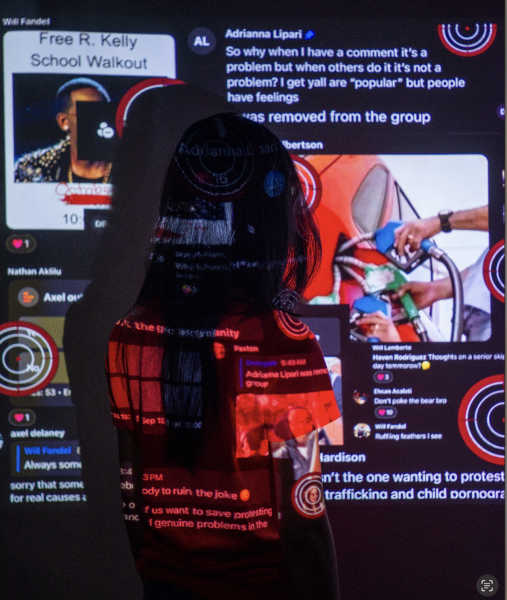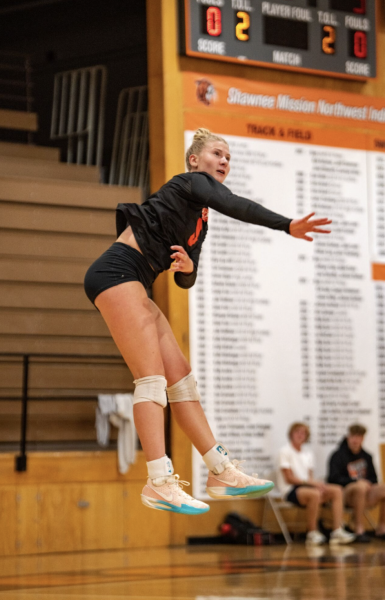School dress codes must become more specific and fair
October 26, 2018
An uncovered shoulder. A skirt stopping just short of the fingertips. A collarbone. All of these things are capable of getting high school students across the country removed from class and worse.
School dress codes have been around for centuries, yet even in 2018, students face the risk of being removed from school for their outfit choices. The aim of most dress codes is to promote a healthy work environment free of distractions. While prohibiting obscene, discriminatory or vulgar images and patterns on clothing helps to accomplish this goal in a sensible way, administrators nationwide continue to take advantage of the threat of “disruption” and use it against students.
There is an insane double standard in the way school dress codes handle women versus men. Educational institutions across the country have extensive restrictions on female students, from straps no thinner than the width of two fingers, the infamous “fingertip rule” (skirts, dresses and shorts must be longer than the length of your arms extended at your sides), and leggings and bare midriffs being banned. The guidelines for boys are much less detailed—no sagging pants or raised hoods. Additionally, girls are often punished for unexpected and unreasonable violations. For example, if a student wears shorts that abide by the dress code, but wears a shirt long enough to cover the hem of the shorts, she may be called out by an administrator.
The SM High School Handbook states that “If a student’s appearance attracts undue attention to the extent that it may become a disruptive factor in the education process, a building administrator will ask the student to make the necessary changes. In the event that the change does not take place in the time allowed, the administrator will prescribe the consequences.” The handbook also prohibits obscene or derogatory messages and images on clothing, as well as hats worn inside. However, the district-wide dress code gives no further specification on what determines “undue attention,” who dictates whether the violation is a “disruptive factor” and what disciplinary action administrators and teachers should take. This makes what is supposed to be a clear rule into a subjective decision. Because the handbook gives absolutely no guidelines on what students can and can’t wear, staff can take the idea of “disruption” as far as they want. Furthermore, because students are unsure of what is unacceptable, they may accidentally violate the dress code in a staff member’s eyes. This creates inconsistencies throughout the building in terms of which teachers and administrators will call students out for certain garments. How badly a student is punished hinges entirely on which staff member they happen to be in front of.
The problem extends far beyond the brick walls of Northwest. The volume at which students are punished for dress code violations has become less of a disruption to the classroom, and more of a disruption to the violating parties’ education. At Oakleaf High School in Clay County, Florida, students in violation of the dress code have only three options: be picked up by a parent, stay in class in the offending clothing and receive a two-day in-school-suspension, or wear a school-issued “shame suit,” a yellow t-shirt and red sweatpants reading “dress code violation” in large black font. At Lord Grey School in Buckinghamshire, England, after 70 girls were sent home for dress code violations in one day, headteacher Tracey Jones sent an email to parents shaming female students for what she deemed to be excessively tight clothing. In cases like these, students are given no choice but to be humiliated and chastised for nothing more than their clothing.
In order to quell the obvious issue dress codes have created, staff must set clear guidelines for what students can and can’t wear to school. Until the student body is explicitly told what is inappropriate for the school day, teachers and administrators can continue to unfairly restrict high schoolers. A decision must be made on what is more important — education and expression, or the fear of disruption. Until then, school dress codes will continue to leave students wondering everytime they get dressed in the morning.










